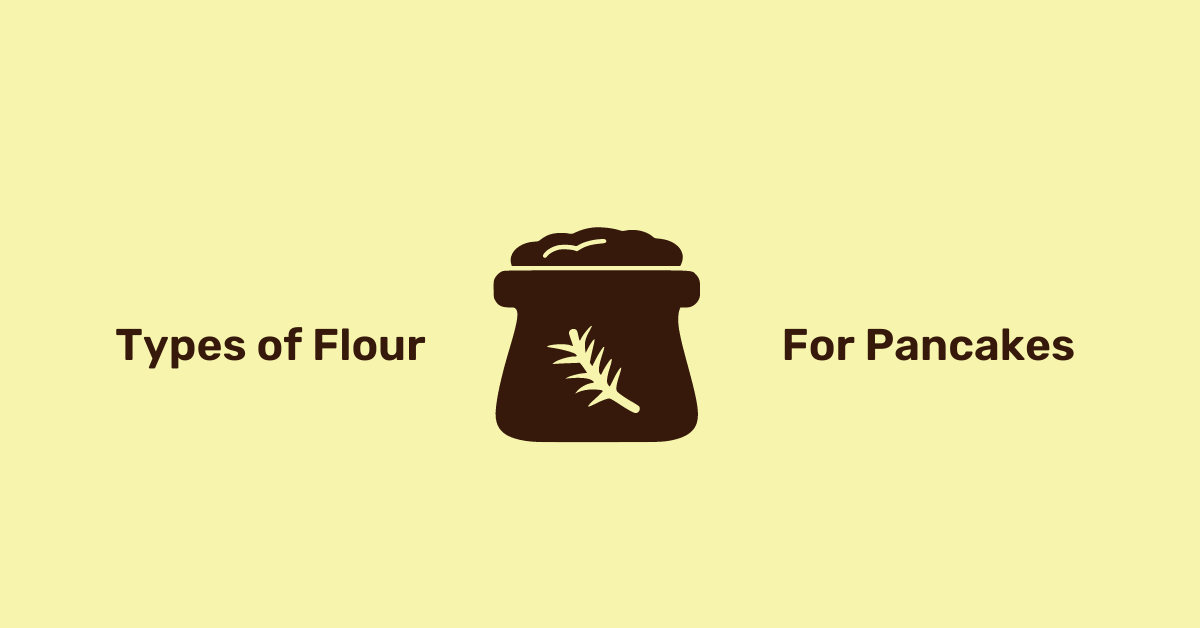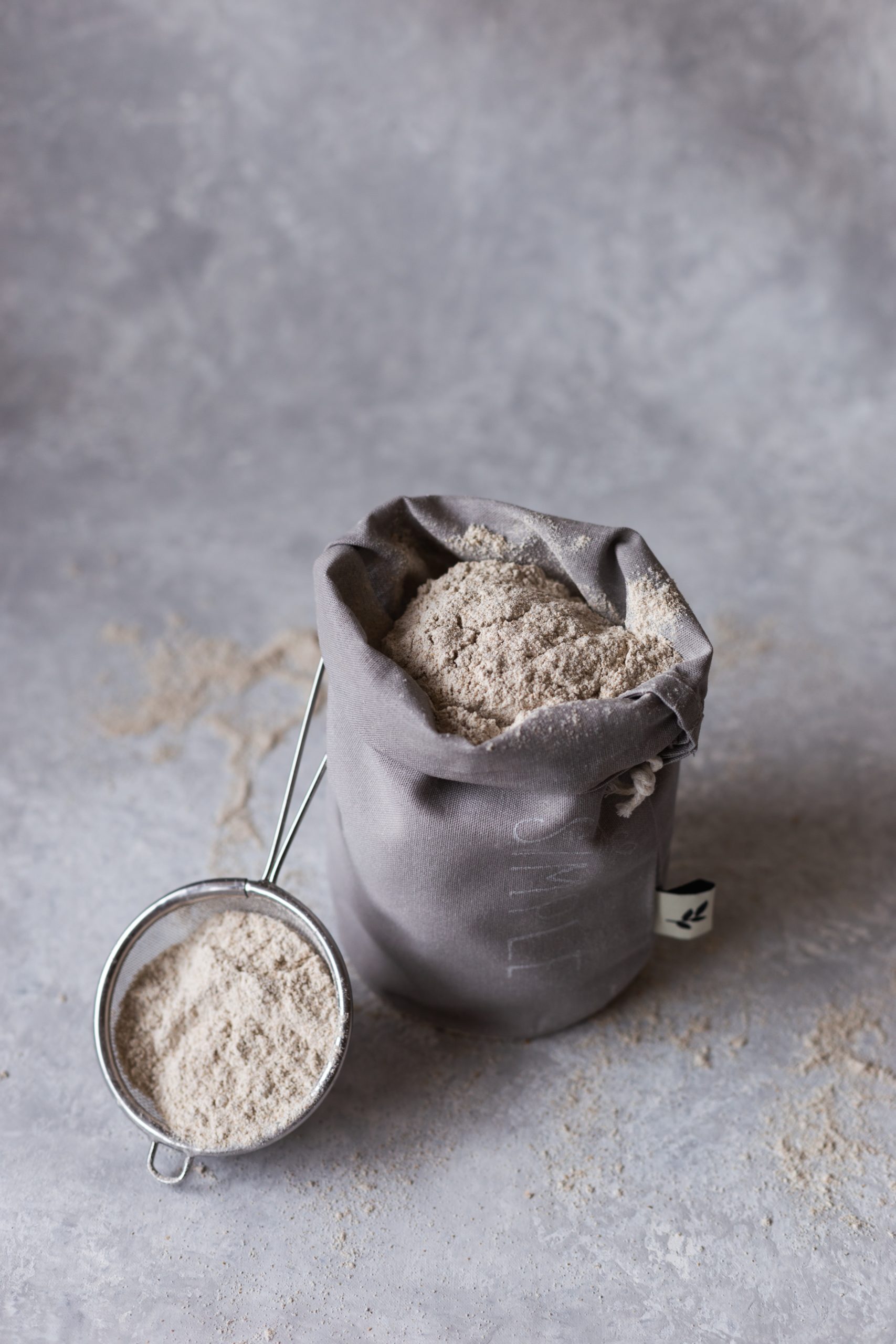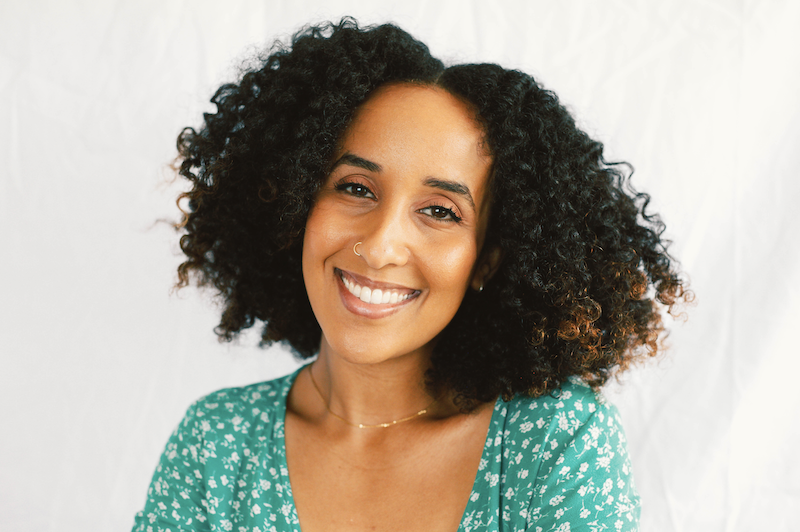Best Types of Flour for Pancakes

Whether you’re making a quick bite for breakfast or getting ready to host a brunch, there’s nothing better than a stack of fluffy pancakes topped with melted butter and sweet syrup. But how do you make pancakes that will leave everyone satisfied? There are many ways you can craft pancakes but it’s important to know which types of flour for pancakes will yield the best results.
Keep reading as we break down the different types of flours for pancakes and provide you with tips to help you make the best pancakes ever.
What Type of Flour is Used in Pancakes?
All-purpose flour (APV) is the most commonly used flour for pancakes. By using APV in your recipe, your pancakes will neither be too dense nor too airy. However, all-purpose flour isn’t gluten-free which can be limiting for those with a gluten allergy.
Below are two of the most highly recommended APV brands to buy:
This all-purpose flour is a healthier option than most but still gives your pancakes a delicious lip-smacking taste. It’s organic, unbleached, and unbromated, which means it’s free of any additives, harmful pesticides, fertilizers, or chemicals.
The fine grains of the flour blend perfectly with any milk you use, creating a smooth batter. The finely-milled flour holds up excellently in doughs and other batters, making it ideal for pizza, cakes, muffins, brownies, etc. Below are some additional pros and cons that clearly state the features of this flour.
| Pros | Cons |
| Unbleached and unbromated | Contains malted barley, which can affect the taste |
| Contains no preservatives | Short shelf-life |
| 100% organic and GMO-free | |
| Finely milled from the best quality hard red winter and spring wheat | |
| Approved by the USDA and produced fully in the US | |
| Affordable as compared to other organic APVs |

This classic all-purpose flour simplifies the process of cooking pancakes by making the batter very easy to mix because the flour is pre-sifted. And while it is bleached, it is milled in the USA and is completely uncolored. So if you’re purchasing an APV to bake white cakes or muffins, this is a great and affordable option.
| Pros | Cons |
| Enriched and Pre-sifted | Bleached, so might be a health concern for some |
| Sugar content of just 1 gram of sugar per quarter cup | Packaging could be better |
| Uncolored | |
| Affordable |
What Flour Can I Use Instead of All-Purpose Flour for Pancakes?
If you’re looking for an alternative, healthier option for breakfast pancakes, there are other flours you could choose from. Below are some alternative flours you can use to prepare healthy and delicious pancakes.
Buckwheat Flour
Buckwheat flour is a very common alternative to all-purpose flour for pancakes. It’s perfect for making sweet or savory pancakes. It’s naturally gluten-free which is ideal for any person with a gluten allergy to consume. As a savory option, you can stuff your buckwheat pancakes with ham, cheese, or scallions to create a tangy dish.
The Great River Organic Buckwheat Flour is a nutritious alternative to all-purpose flour. The pancakes made from this flour can improve your heart health, immunity, and digestion as the flour has added fiber. It is also stone-ground, which adds a unique texture to the pancakes.
| Pros | Cons |
| Organic and healthy with additional fiber | Needs freezer storage |
| Non-GMO certified | |
| Kosher certified |
Whole Wheat Flour
Whole wheat flour is an easily available healthy alternative to APV. It contains protein, fiber, vitamins, and minerals. It also contains antioxidants like ferulic acid and phytic acid. However, whole-wheat flour is not gluten-free, which is important to keep in mind.
Bob’s Red Mill whole wheat flour is stone ground and organic, making it perfect for providing a healthier pancake option. With added fiber, this flour is another great option for helping with digestion.
Often, people stray away from whole wheat flour for pancakes because of the heavy texture, but this flour is finely-milled, so it won’t affect the texture of your pancakes.
| Pros | Cons |
| Produced from northern spring wheat | The packaging often rips in shipment when you order online |
| Stone-ground in the US | |
| Is nutritious yet affordable |
Almond Flour
If you’re vegan and gluten-free, using almond flour and coconut milk to make your pancake batter is a great option. Almonds are a great source of good fats and proteins and they taste delicious.
Blue Diamond Almond flour is one of the most highly rated Almond flour on Amazon. It’s made from high-quality blanched almonds from California and is finely sifted to ensure a smooth batter for pancakes.
The fine texture also helps if you plan on using this flour for baking. For those who are on a keto, paleo, or plant-based diet, and don’t want to compromise on the taste of your pancakes, this is the perfect flour to use.
| Pros | Cons |
| Finely sifted | Requires vacuum-sealed storage |
| Made from excellent quality almonds | |
| Produced in allergen controlled environment |

What is the Healthiest Flour for Pancakes?
For those who are incredibly health-conscious, it’s best to use whole wheat flour, buckwheat flour, almond flour, coconut flour, or spelt flour for making pancakes. These are all healthier alternatives to all-purpose and self-rising flour.
How to Avoid Making a Thick Pancake Batter?
Overly thick pancake batter can be a nightmare. Not only is it difficult to manage, but it can also make your pancakes incredibly dense. And if you’re not careful with the way you mix your batter, you may also end up with rubbery pancakes which would be even worse.
A great way to reduce the thickness is to add milk or a milk substitute until the batter has reached the right consistency. Make sure to add the milk in small doses and keep stirring to avoid an excessively thin batter. On the other hand, if the batter is too thin, there are several easy ways to make your pancake batter thicker.
Pancakes Aren’t Cooking in the Middle
If your pancakes are coming out wet and soggy and not properly cooking in the middle, the problem could be the amount of batter you’re using at once.
Try using a small amount of batter and evenly spread it across the pan. Make sure to not leave a huge pool of batter in the middle, otherwise pancakes won’t cook evenly.
What Should I Do With Leftover Pancake Batter?
A great way to store leftover pancake batter is to freeze it. Frozen pancake batter can stay up to 3 months in the freezer without spoiling.
If you don’t want to store the batter in the freezer, you can always refrigerate it. Keep in mind that refrigerated pancake batter lasts for up to 2-3 days.
How Do I Make Sure My Pancakes Don’t Stick to the Pan?
We know how painful it can be to prepare a smooth pancake batter only to have it end up sticking to the pan. There’s an easy fix for this problem, and that’s to grease the entire pan.
Use a light amount of oil to evenly coat the pan. If you use too much oil you’ll end up frying pancakes, which can be delicious but not always preferred. The best way to oil your pan is to lightly heat the pan, remove it from the stove, and brush oil all over it using parchment paper or a paper towel. Cook your pancakes as you normally would and notice how easier it will be to lift the pancakes from the pan. You may also want to consider the type of pan you’re using to cook pancakes as that can also have an effect.
–
As you can see, there are many types of flour for pancakes. Based on specific dietary needs, there is a pancake out there for everyone. If you’re unsure which flour is right for you, experiment with recipes using various flours. Keep track of the recipes, and flours, that you use with Morsel. Our software makes it easy for you to organize, and categorize your favorite pancake recipes.

Aida Solomon is a digital marketing specialist who’s passionate about bringing her creative ideas to life. As an avid homecook, Aida loves to explore the way food has the power of bridging the world together. When she’s offline, she loves to travel through new recipes, and run long distances — paying homage to her Ethiopian roots.
